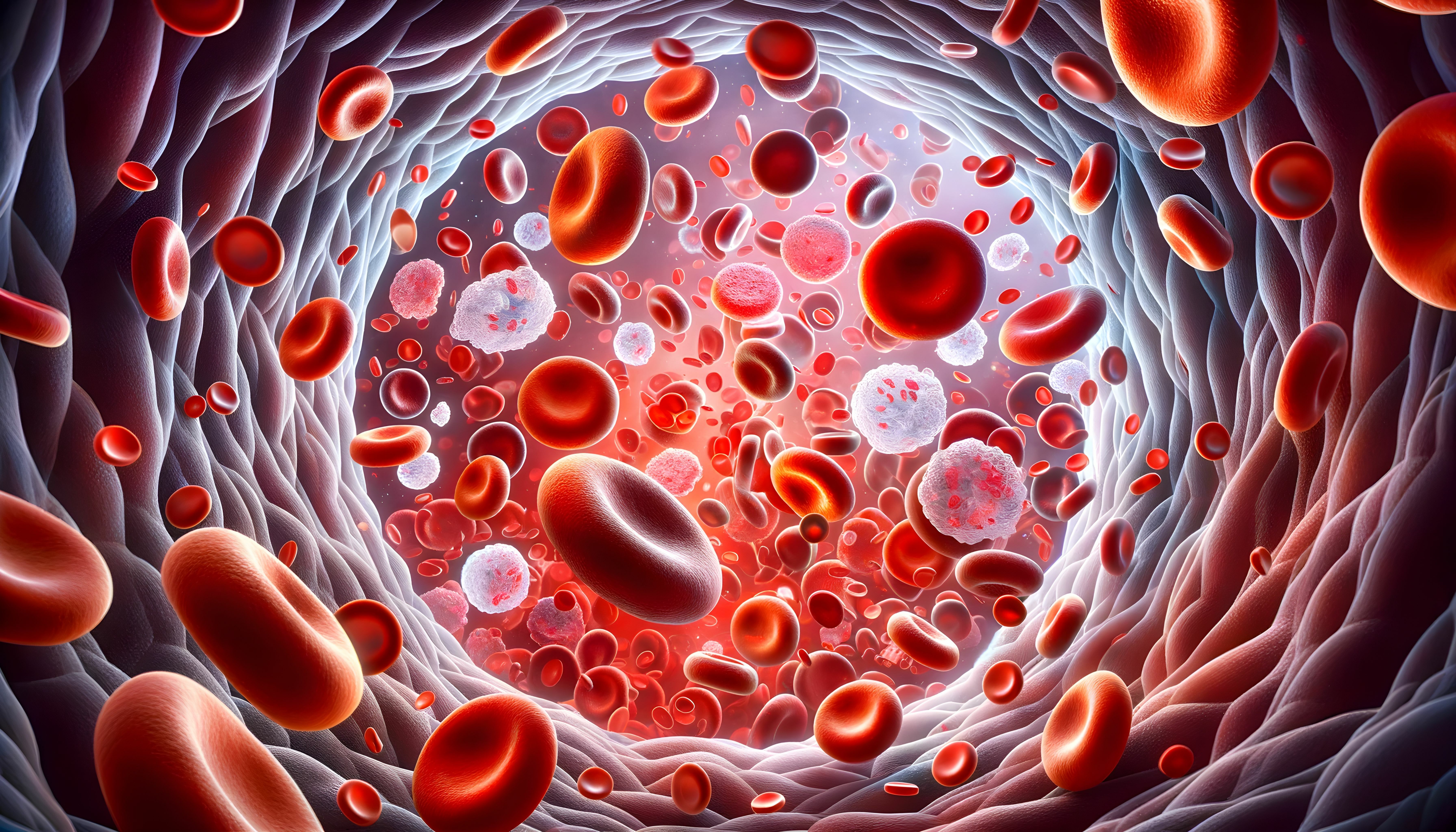Video
Bernard J. Tyson Highlights Progress, Hurdles in the Move to Value-Based Care
As the United States healthcare system moves to value-based care, there have been clear signs of progress when it comes to better aligning incentives, but affordability remains a hurdle that needs to be overcome, said Bernard J. Tyson, chairman and CEO of Kaiser Permanente.
As the United States healthcare system moves to value-based care, there have been clear signs of progress when it comes to better aligning incentives, but affordability remains a hurdle that needs to be overcome, said Bernard J. Tyson, chairman and CEO of Kaiser Permanente.
Transcript (slightly modified)
What has the US healthcare system gotten right in the move to value-based care?
I think they have gotten the whole notion of how do we better align the incentives of the entire healthcare system, and so I think that clearly that is showing signs of progress.
I would say the second thing is the incentives around focusing on health and looking at the wholistic person is clearly headed in the right direction.
And then, lastly I would say, we are beginning to focus much more on outcomes as opposed to process. And so, value-based care and value-based payments around that is starting to get us to talk in the industry much more about outcomes of care as opposed to just procedures, and I think those all are very good signs.
What remains the biggest hurdle facing the US healthcare system in the move to value-based care?
Clearly, it’s the affordability issue. The new payment programs are all headed in the right direction, but at the end of the day from all walks of life we hear people talking about how unaffordable healthcare is. So, that is still the major issue that we have to continue to solve.
During the transformation of the US healthcare system, what is the importance of creating valueable partnerships?
Well, the healthcare industry is still very fragmented. It’s siloed. You have pieces of the industry that still work within itself. The hospital part, the physician groups, the labs, and so what still needs to happen is how do we better integrate and look across the whole process of care and care delivery. And that is going to continue to require us to work together to figure out how to pull all the pieces together. And you know my view is in the future it will look more and more, quite frankly, like the Kaiser Permanente model in which all the pieces are brought together, and we are able to provide the longitudinal care because we cover all the pieces inside of Kaiser Permanente.

Navigating Sport-Related Neurospine Injuries, Surgery, and Managed Care














